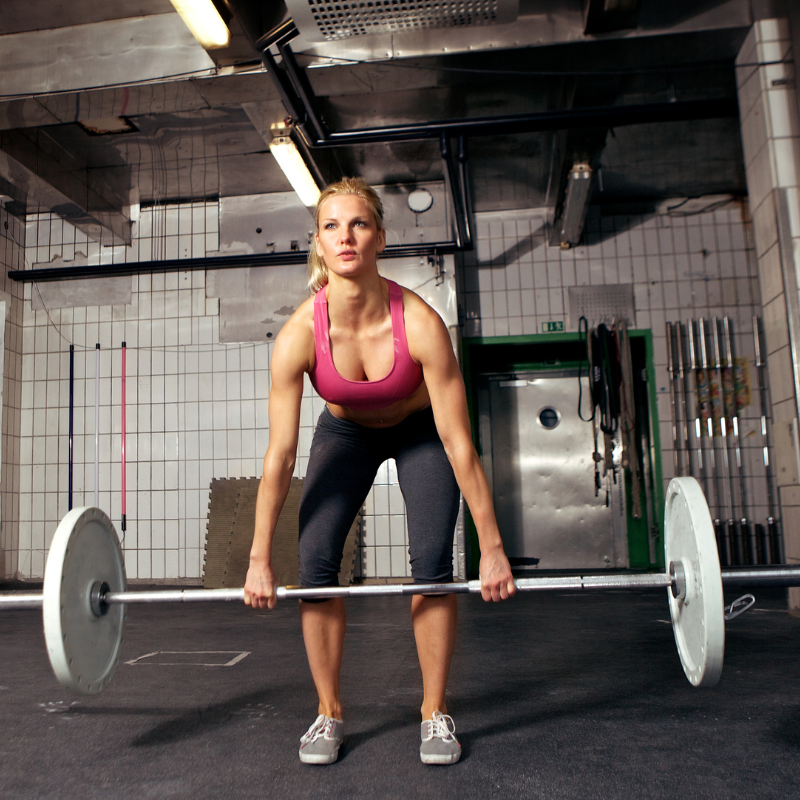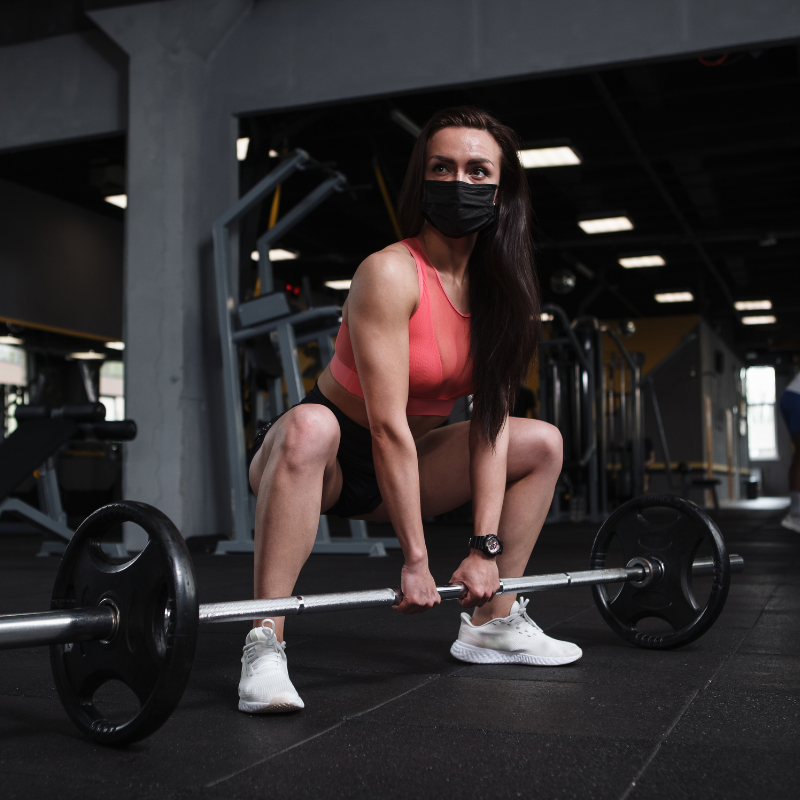At Gaspari Nutrition, we're firm believers that combining strength training with our high-quality supplements is essential to achieving better overall health and fitness.
Deadlifts, being full-body exercises, are fantastic for building raw strength.
In the world of deadlifts, the conventional deadlift and the sumo deadlift reign supreme, both targeting multiple muscle groups for strength and muscle mass enhancement.
So, how do you decide which is best for you?
In this article, we'll dive into the core differences between conventional and sumo deadlifts, covering the muscles they work, the correct technique to use, and their unique benefits.
The Major Muscle Groups in Deadlifts
Deadlifts are the epitome of full-body exercises, putting almost every major muscle group into action.
The primary muscles engaged during deadlifts include the hamstrings, glutes, quads, lower back, traps, and forearms.
What is a Conventional Deadlift?

The conventional deadlift is the standard, traditional style that most lifters learn first. It's a tried-and-true deadlift variation that forms the foundation of most strength training regimens.
Benefits of Conventional Deadlifts
Conventional-style deadlifts have a range of benefits, including:
-
Building full-body strength, with a particular focus on the posterior chain.
-
Enhancing grip strength, which is crucial for overall lifting performance.
-
Improving athletic performance by developing core stability and power.
-
Offering a more well-rounded exercise by targeting both lower and upper body muscles.
Proper Form and Technique for Conventional Deadlifts
Executing the conventional deadlift with proper form is critical for optimal performance and injury prevention. Here are some tips:
-
Stand with a shoulder-width stance, keeping your feet under the barbell.
-
Bend at your hips and knees to grip the bar just outside your legs.
-
Engage your lats to maintain a straight back.
-
Start the lift by pushing through your heels, ensuring the bar stays in contact with your legs.
-
Once the bar passes your knees, thrust your hips forward powerfully and put your body into a straight position.
What is a Sumo Deadlift?

The sumo deadlift, named for its similarity to a sumo wrestler's stance, involves a wide stance with the bar gripped inside the legs. This sumo position brings the hips closer to the barbell, resulting in a shorter range of motion.
Benefits of Sumo Deadlifts
Sumo-style deadlifts provide unique benefits, such as:
-
More emphasis on the quads and inner thighs compared to the conventional deadlift, due to the wider stance.
-
The shorter range of motion can allow for lifting a heavier weight.
-
Less lower back stress due to a more upright torso position.
-
Improved hip and groin mobility, which is required for the wide stance.
Proper Form and Technique for Sumo Deadlifts
Here's how to perform a sumo deadlift with the correct form:
-
Stand with your feet wide apart with your toes pointing slightly outwards.
-
Bend at the hips and bend the knees to clasp the barbell, placing your hands on the inside of your legs.
-
Keep your chest up and your spine neutral to maintain a more upright torso.
-
Engage your lats and pull the barbell up while pushing your knees out.
-
Drive through the heels, extending your hips and knees to lift the barbell up into a standing position.
How to Choose the Best Deadlift Technique for You
Knowing whether a conventional or sumo deadlift is best for you depends on several things:
-
Body type: If you have longer limbs, sumo might be a better fit; for shorter limbs, conventional might be more suitable.
-
Fitness goals: Sumo deadlifts target the quads and inner thighs more, whereas conventional deadlifts work the posterior chain muscles more intensely.
-
Mobility: The sumo stance requires good hip mobility, so if you're lacking in that area, conventional deadlifts might be the way to go.
Both the sumo deadlift and the conventional deadlift are excellent for muscle development. Experiment with both styles to identify the one where you can maintain proper form and enjoy more. Or, alternate them for more well-rounded development.
Ultimately, the best deadlift for you will depend on your unique needs and abilities.
FAQs About Deadlift Techniques
What are the common mistakes to avoid when performing deadlifts?
When performing deadlifts, it's important to maintain proper form to maximize the exercise's effectiveness and avoid injuries. Frequent mistakes involve rounding or arching the back, not engaging the hips, and not keeping the bar close to the body.
Can I alternate between conventional and sumo deadlifts in my workouts?
Yes, alternating between these deadlift variations can provide a more balanced workout. Each one targets multiple muscle groups and is very effective when done correctly.
Which deadlift variation is harder, conventional or sumo?
Whether one type of deadlift is easier than the other often depends on individual body mechanics, anatomy, and flexibility. Some people may find the sumo deadlift easier due to the shorter range of motion, while others may prefer the conventional deadlift.













































































Share:
Myths and Facts: Will Protein Powder Make You Gain Weight?
Complete Guide: Preacher Curls vs Spider Curls